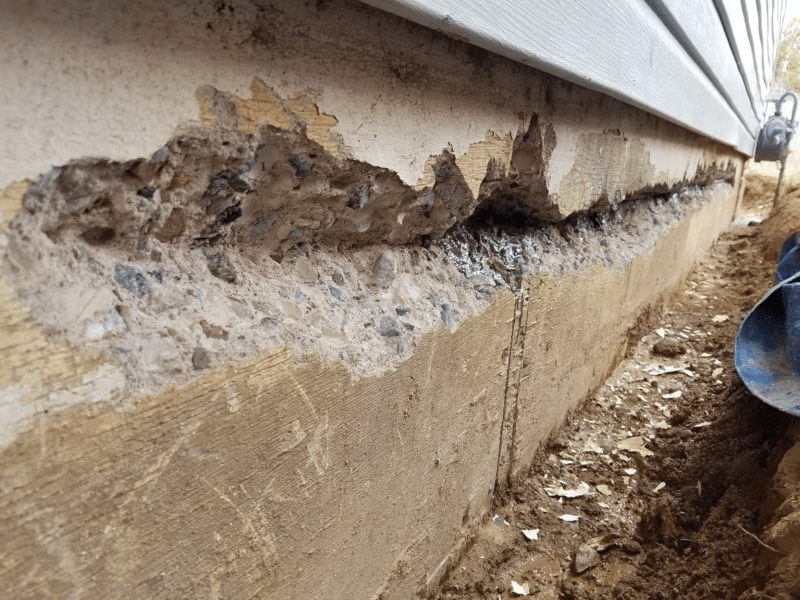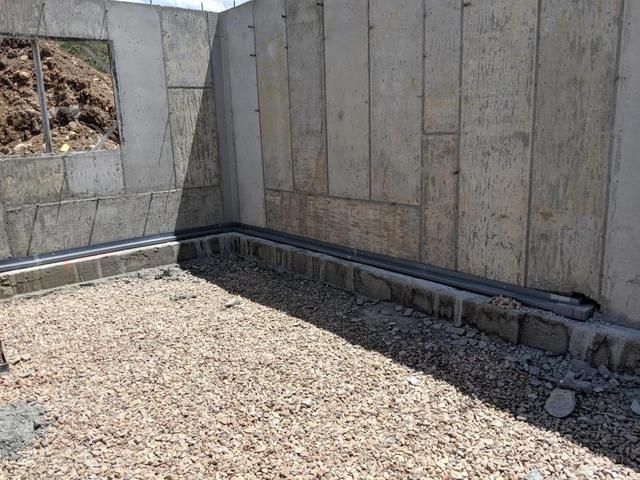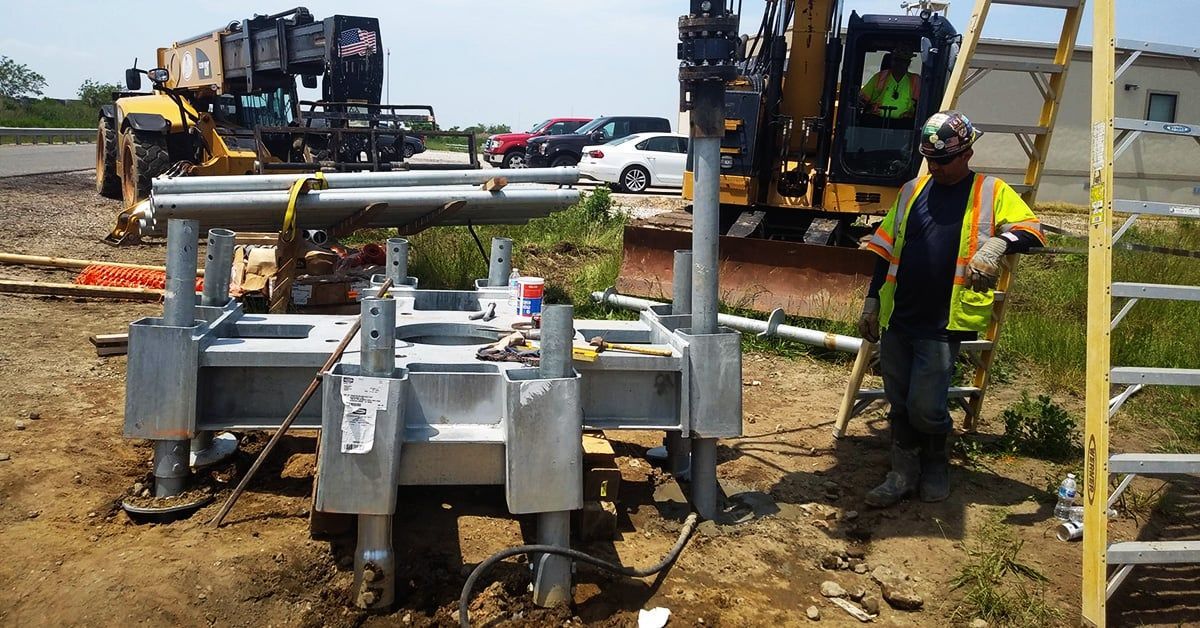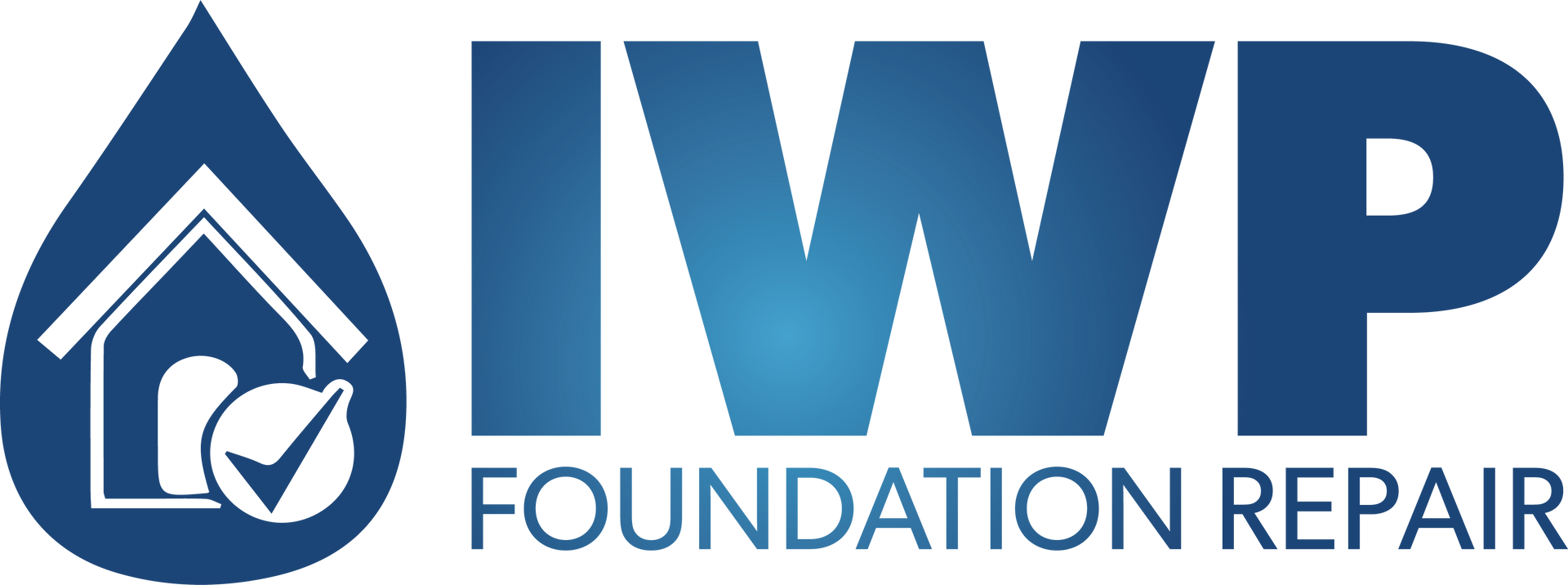Protecting Your Foundation: The Impact of Freezing Ground and How to Prevent Damage
Your home's foundation is a critical element in ensuring the structural integrity and longevity of your house. It supports the weight of your home and helps protect it from various environmental factors. As the temperature drops during winter, one significant concern that homeowners face is the potential damage to their foundation caused by freezing ground. Let's explore what can happen to your foundation when the ground freezes and provide essential tips on how to prevent it.
The Impact of Freezing Ground on Your Foundation
When the ground freezes, it can have several adverse effects on your foundation. Understanding these potential issues is the first step toward safeguarding your home.
- Frost Heave: Frost heave is the process by which the freezing and expansion of soil underneath your foundation can cause it to shift or crack. This movement can lead to uneven settling, causing structural damage and compromising the integrity of your home.
- Hydrostatic Pressure: The freezing and thawing of soil can lead to an increase in hydrostatic pressure on your foundation. This pressure can push against your foundation walls, leading to cracks and even water intrusion.
- Soil Shrinkage: As the ground freezes and dries out, the soil can shrink away from your foundation. This creates gaps around your foundation walls, making it easier for water to infiltrate and causing instability.
- Poor Drainage: The freezing of water in and around your foundation can lead to poor drainage. When this water thaws, it can seep into the foundation, causing damage to the concrete and weakening the structure.
Preventing Foundation Damage in Freezing Conditions
Protecting your foundation from the effects of freezing ground is essential for maintaining the structural integrity of your home. Here are some preventative measures to consider:
- Proper Insulation: Insulating your foundation can help maintain a consistent temperature around it, preventing frost heave and minimizing soil movement. Adding insulation or having IWP out to apply waterproof coatings can be effective.
- Adequate Drainage: Ensure your home has an effective drainage system in place. Proper grading around your foundation, the installation of French drains, and ensuring that downspouts direct water away from the foundation are crucial steps.
- Foundation Ventilation: Adequate ventilation beneath your home can help regulate the temperature and reduce the risk of freezing. Foundation vents can be installed to promote air circulation.
- Soil Moisture Management: Proper soil moisture levels can prevent soil from shrinking and pulling away from your foundation. Regularly water the soil around your home during dry spells to maintain consistent moisture levels.
- Foundation Waterproofing: Applying waterproofing materials to your foundation walls can help prevent water infiltration and reduce the risk of damage caused by freezing and thawing cycles.
- Routine Inspections: Regularly inspect your foundation for any signs of damage, such as cracks, bulging walls, or water leaks. Timely repairs can prevent minor issues from escalating into major problems.
- Professional Consultation: Consult with an IWP Foundation expert to assess your home's specific needs. They can provide tailored recommendations and solutions to address potential issues related to freezing ground.
Protecting your home's foundation from the effects of freezing ground is vital for preserving the structural integrity of your home. By understanding the potential risks and taking proactive measures to prevent damage, you can ensure that your foundation remains stable and secure, even in the harshest winter conditions. Regular maintenance, proper insulation, and effective drainage systems are key elements in safeguarding your investment and providing peace of mind during the colder months.










HAVE PEACE OF MIND WITH IWP FOUNDATION REPAIR
With over 30 years of combined experience in the business, you know that you can trust our team to get the job done right the first time. We value the customer experience, which is why we take the time to listen to your concerns, answer all your questions, and explain the best plan of action for your home. If you’ve noticed any foundation issues at all, no matter how minor they seem, you should call a professional. Our expert team is waiting for you, so call today for a free evaluation!


